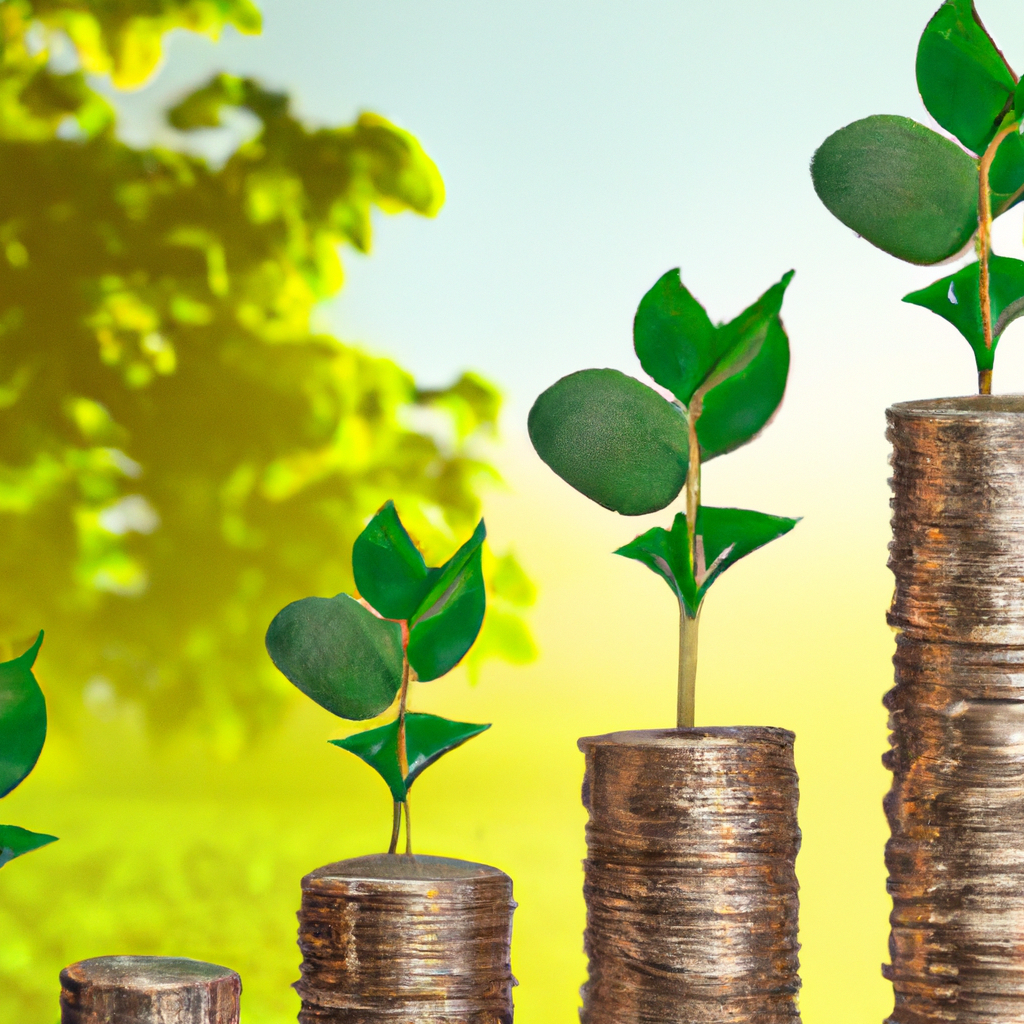Strategies for Investing in Green Bonds
Green bonds have become increasingly popular among investors who want to support environmentally friendly projects while also earning a return on their investment. These bonds are specifically designed to finance projects that have positive environmental and climate benefits. If you are considering investing in green bonds, here are some strategies to help you make informed decisions:
1. Understand the Green Bond Market
Before diving into investing in green bonds, it is essential to understand the green bond market. Green bonds are issued by governments, municipalities, and corporations to finance projects that promote sustainability, renewable energy, energy efficiency, and other environmentally conscious initiatives. Familiarize yourself with the different types of green bonds available and the specific criteria they must meet to be classified as “green.”
2. Conduct Thorough Research
Just like any other investment, conducting thorough research is crucial when investing in green bonds. Look for reputable issuers who have a track record of successfully completing green projects. Review the issuer’s sustainability goals, environmental policies, and the projects they intend to finance with the bond proceeds. Assess the issuer’s financial stability and creditworthiness to ensure the bond’s safety and reliability.
3. Diversify Your Portfolio
Diversification is a fundamental strategy for any investment portfolio, including green bonds. By spreading your investments across different issuers, sectors, and geographies, you can mitigate risks associated with individual projects or issuers. Diversification also allows you to support a broader range of environmental initiatives and maximize your impact.
4. Consider the Certification and Reporting Standards
Green bonds often come with certifications or labels to ensure their authenticity and adherence to environmental standards. Look for bonds that have been certified by recognized organizations such as the Climate Bonds Initiative or the International Capital Market Association (ICMA). These certifications provide transparency and independent verification of the bond’s green credentials. Additionally, consider the issuer’s commitment to reporting on the environmental impact of the financed projects, as regular reporting enhances transparency and accountability.
5. Assess the Financial Returns
While the environmental impact is a significant consideration when investing in green bonds, it is essential to assess the financial returns as well. Compare the yields and terms of different green bonds to ensure they align with your investment objectives. Consider factors such as coupon rates, maturity dates, and any potential tax benefits or incentives associated with green investments.
6. Consult with a Financial Advisor
If you are new to investing in green bonds or require expert guidance, consulting with a financial advisor who specializes in sustainable investments can be beneficial. They can help you navigate the green bond market, analyze the risks and opportunities, and align your investments with your financial goals and values.
7. Monitor and Stay Informed
Once you have invested in green bonds, it is crucial to monitor your investments and stay informed about the developments in the market. Keep track of the issuer’s progress on the financed projects and any changes in their environmental policies. Stay updated on emerging trends, regulatory changes, and new green bond issuances to make informed decisions about your portfolio.
Investing in green bonds can be a rewarding way to support sustainable projects while generating financial returns. By understanding the green bond market, conducting thorough research, diversifying your portfolio, considering certification and reporting standards, assessing financial returns, seeking expert advice, and staying informed, you can develop effective strategies for investing in green bonds.
